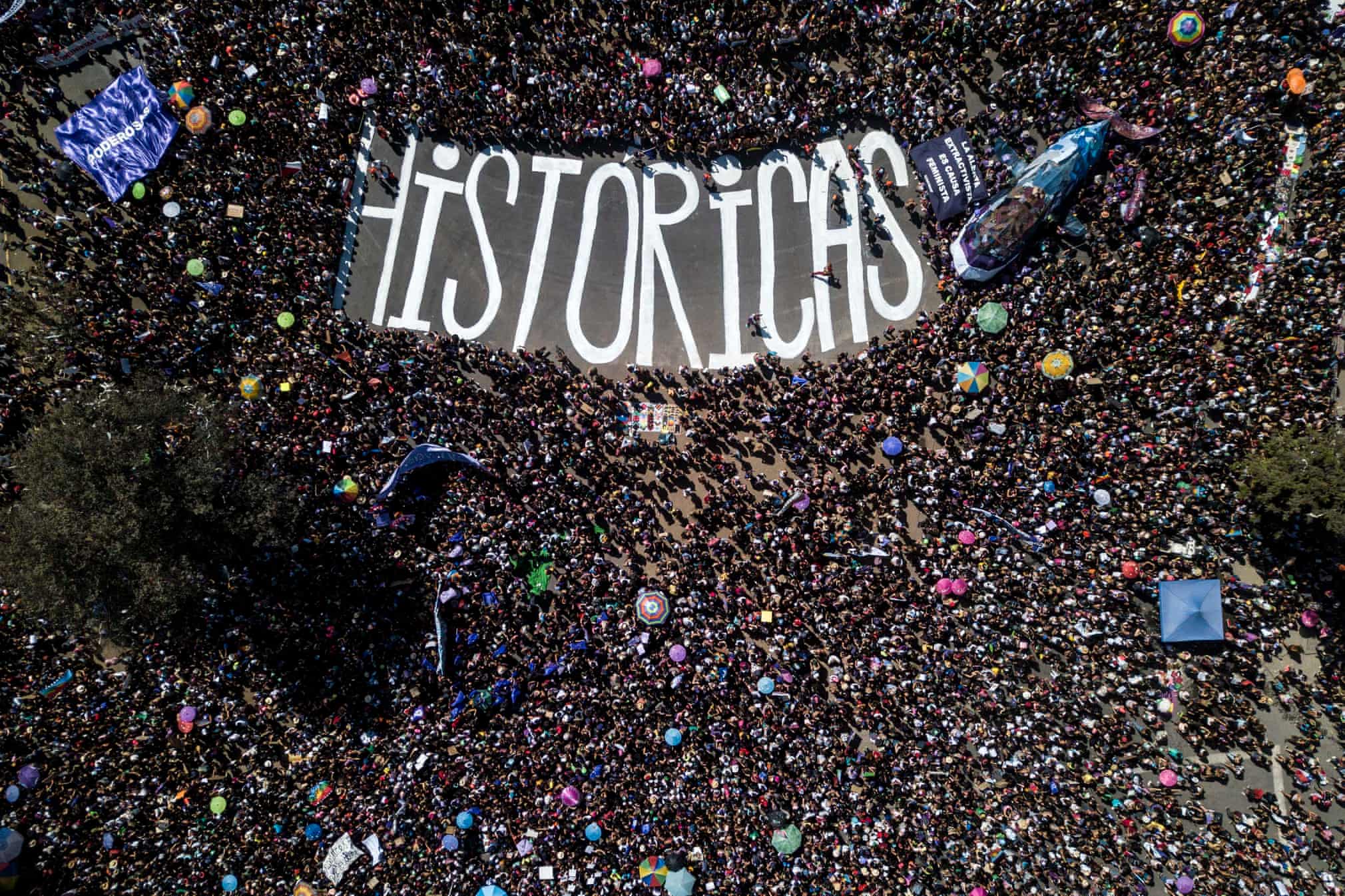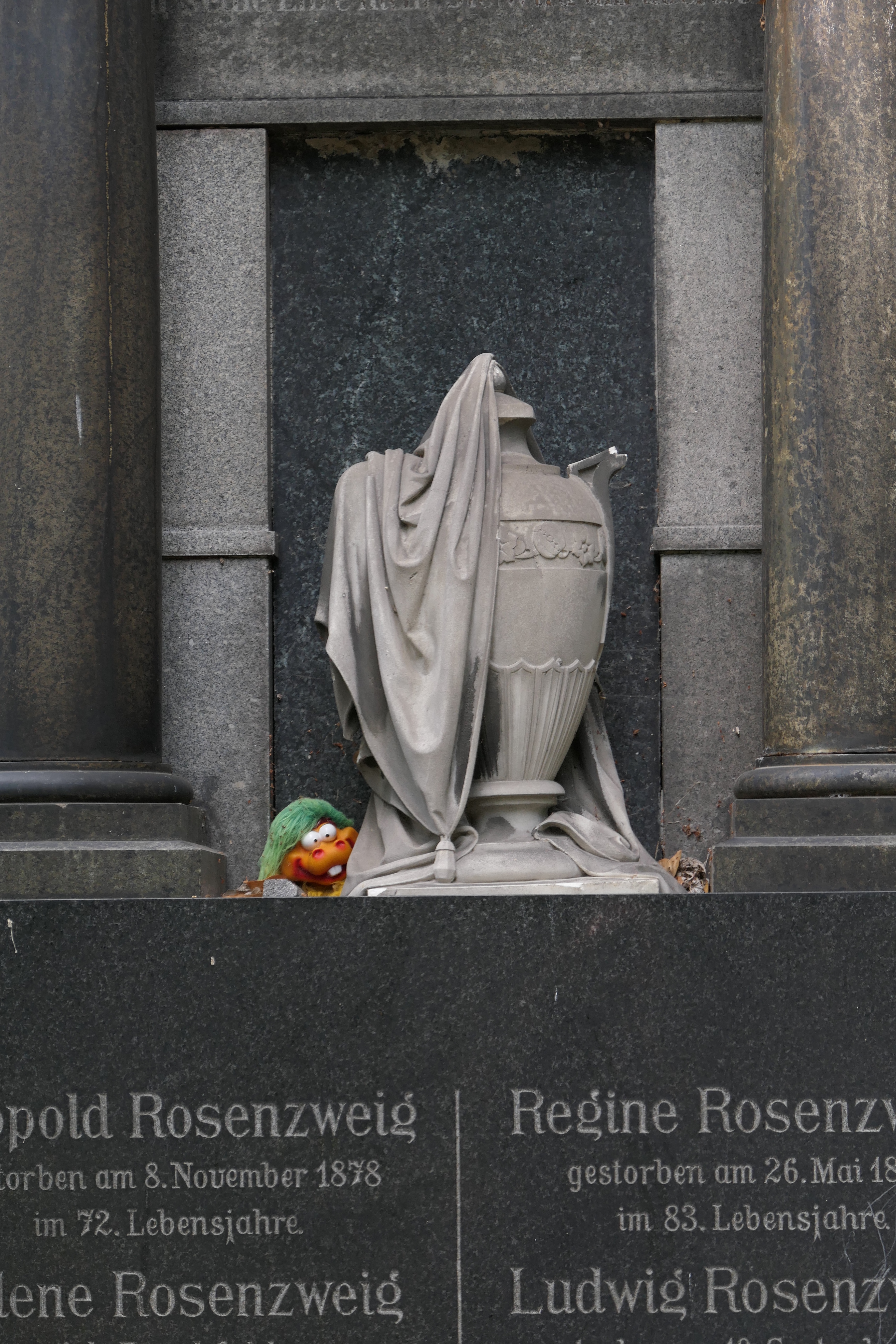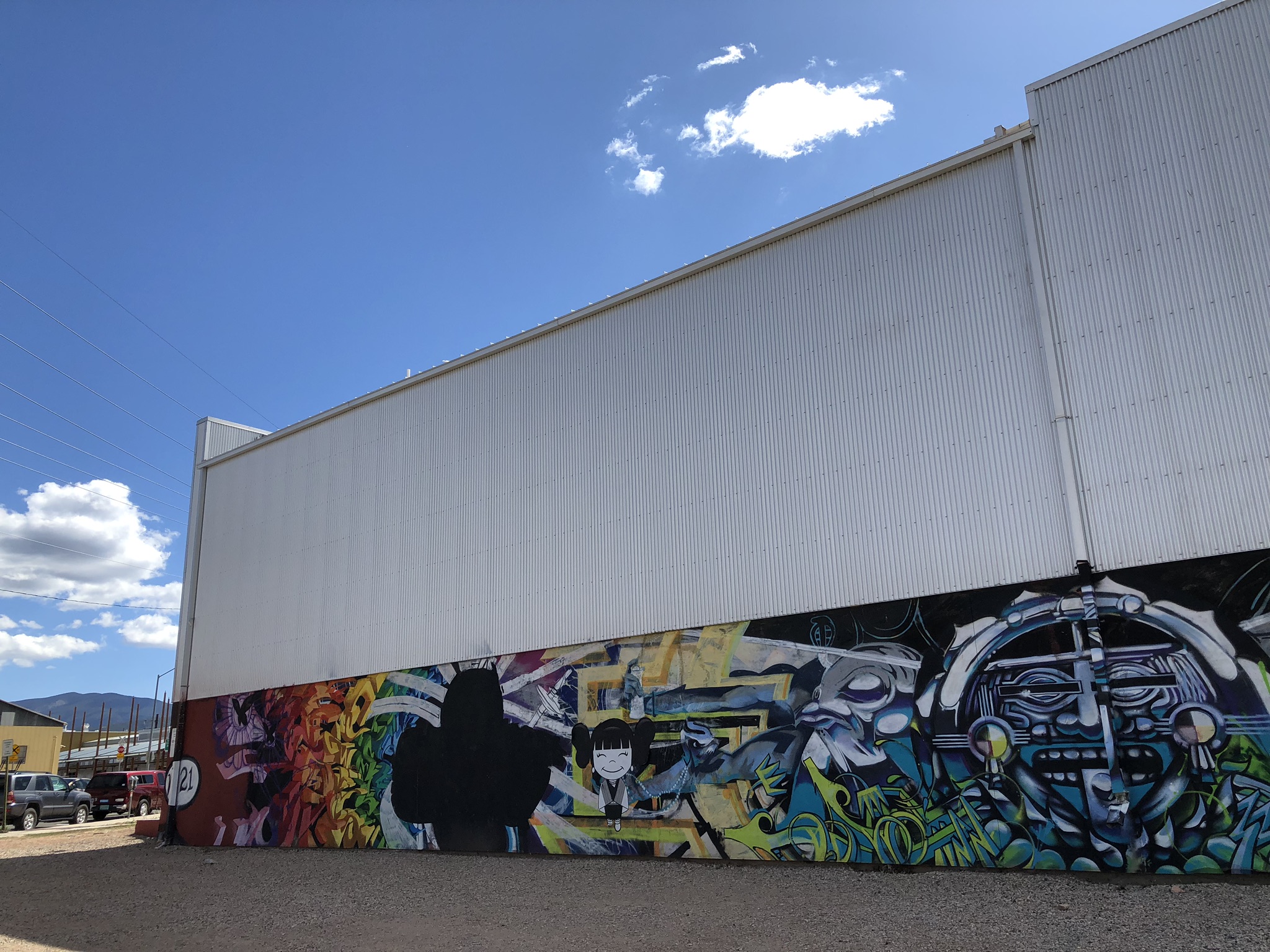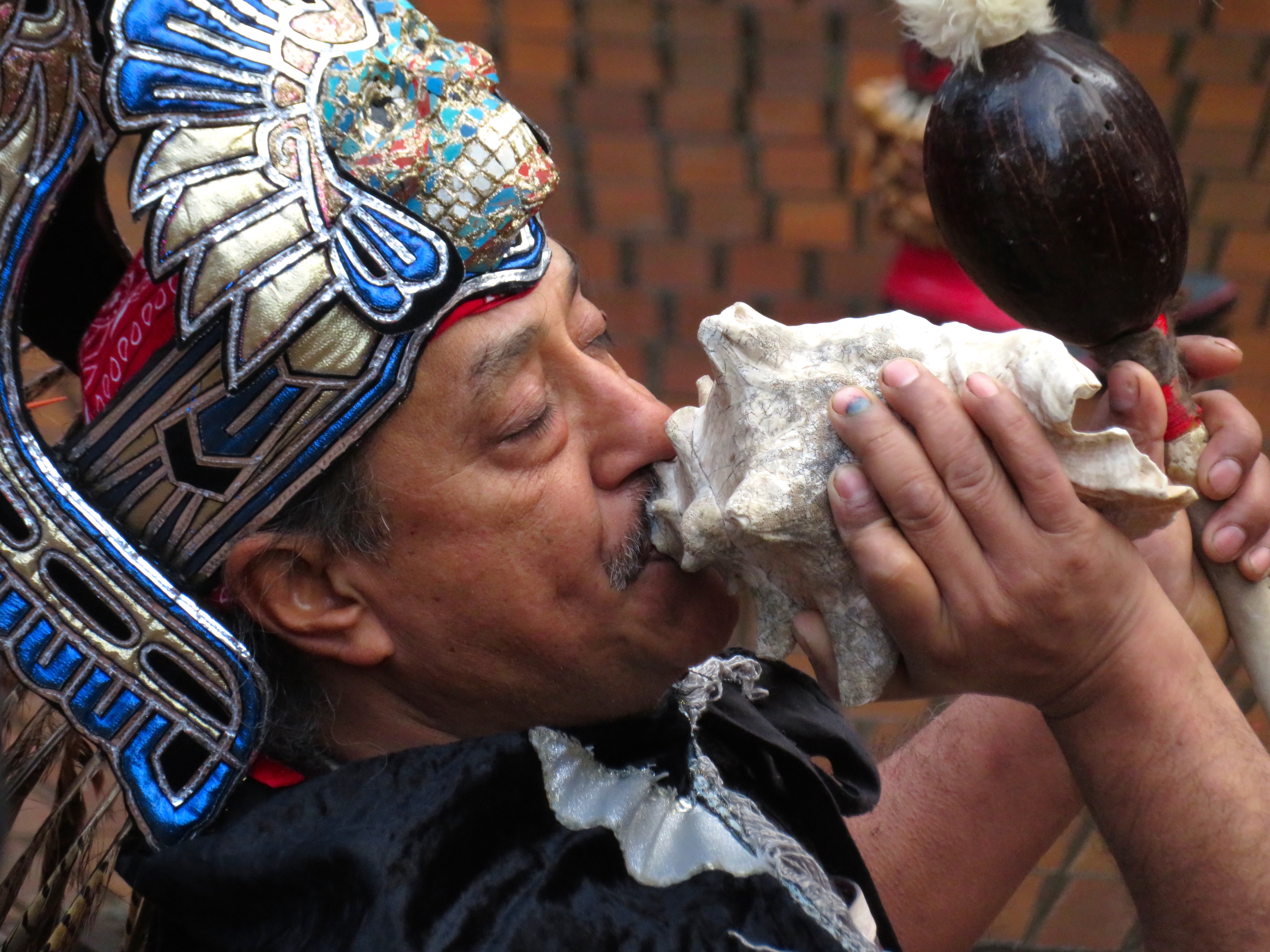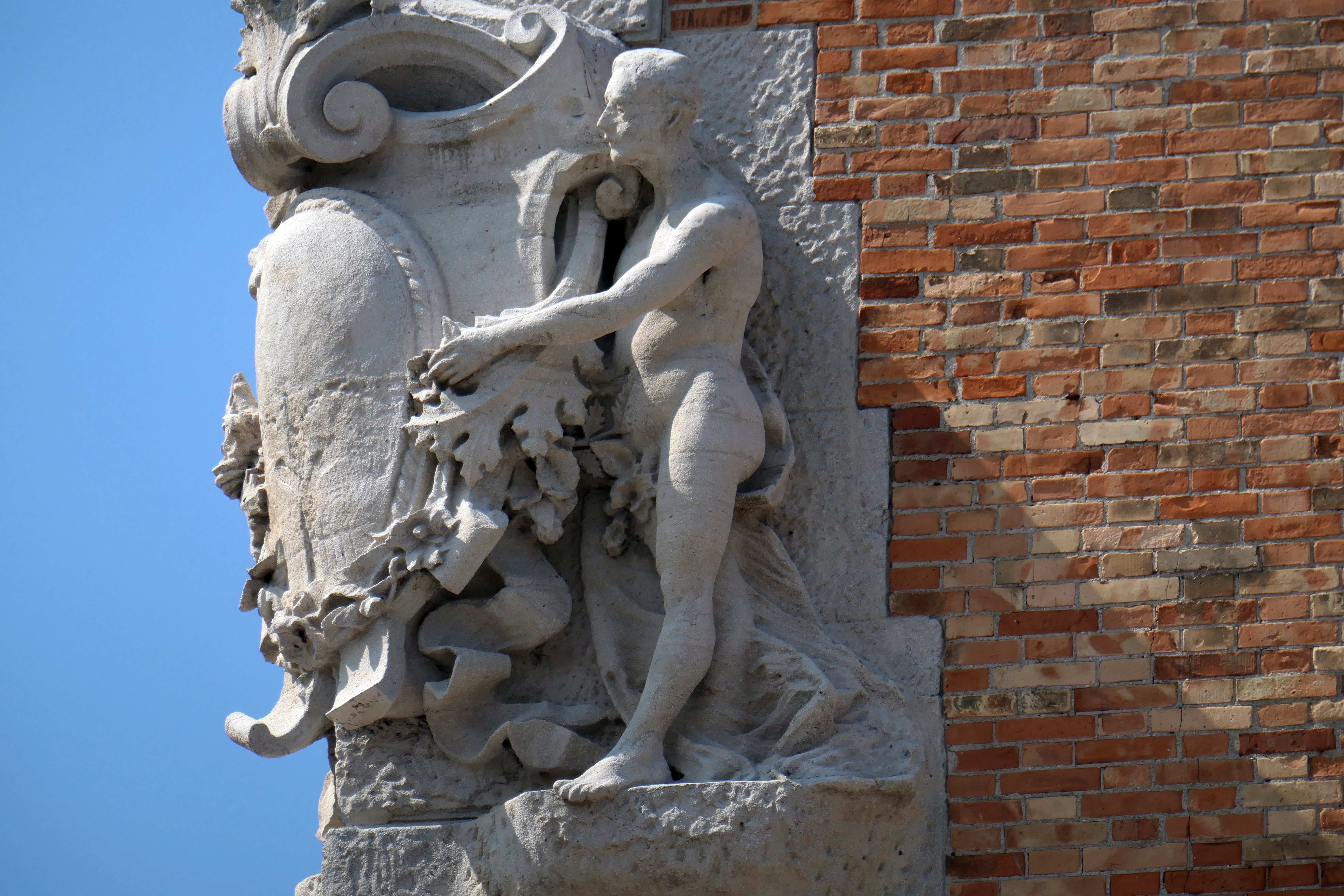I started the week with stealing a title and I’ll end it the same way.
Deal with It is the title of a podcast that features interviews with Lee Krasner (1908 – 1984), one in a group of podcasts that I am sending your way today. It is, of course, a fitting exhortation in these uncertain times, one I find myself muttering frequently, even though I am clueless about how to accomplish the command.

Maybe podcasts will help. I figured you might need some truly interesting presentations during long hours of self-isolating, or fighting yet another cold, or simply needing to hear something empowering during these challenging times.
The whole series, Radical Women, is a wonder. Here is the introduction, all sources and photographs courtesy of the Getty Research Institute:
What was it like to be a woman making art during the feminist and civil rights movements? In this season of Recording Artists, host Helen Molesworth delves into the lives and careers of six women artists spanning several generations. Hear them describe, in their own words, their work, relationships, and feelings about the ongoing march of feminism. Contemporary artists and art historians join the conversation, offering their own perspectives on the recordings and exploring what it meant—and still means—to be a woman and an artist. This podcast is based on interviews from the 1960s and ’70s by Cindy Nemser and Barbara Rose, drawn from the archives of the Getty Research Institute.
Take your pick: Alice Neel (1900–1984).

Betye Saar (b. 1926)

Helen Frankenthaler (1928–2011) Hah!

Yoko Ono (b. 1933)

Eva Hesse (1936–1970)

So there we have it: in this week devoted to women’s history we started with composers, went on to activists, pilots, then scientists and now artists as a cross section of role models, all resurrected from forgetting. If that isn’t motivating to fight the blues, what could possibly be?
Maybe this? A list of the ten National Parks that would not exist without the championship of women?
Or simply singing the Blues?




















